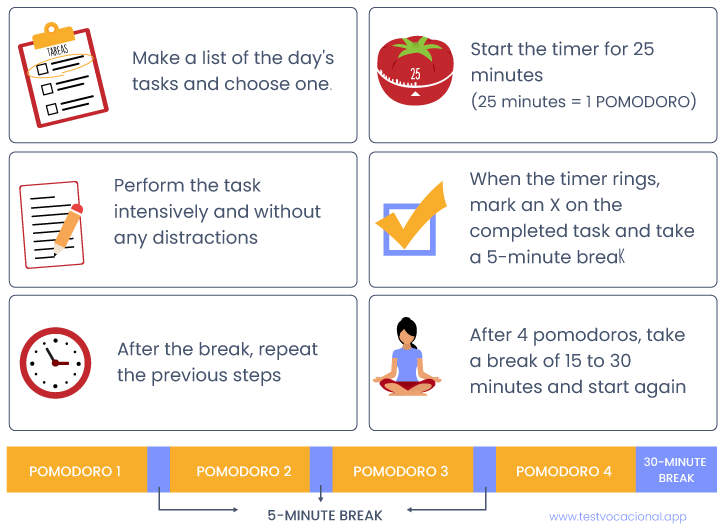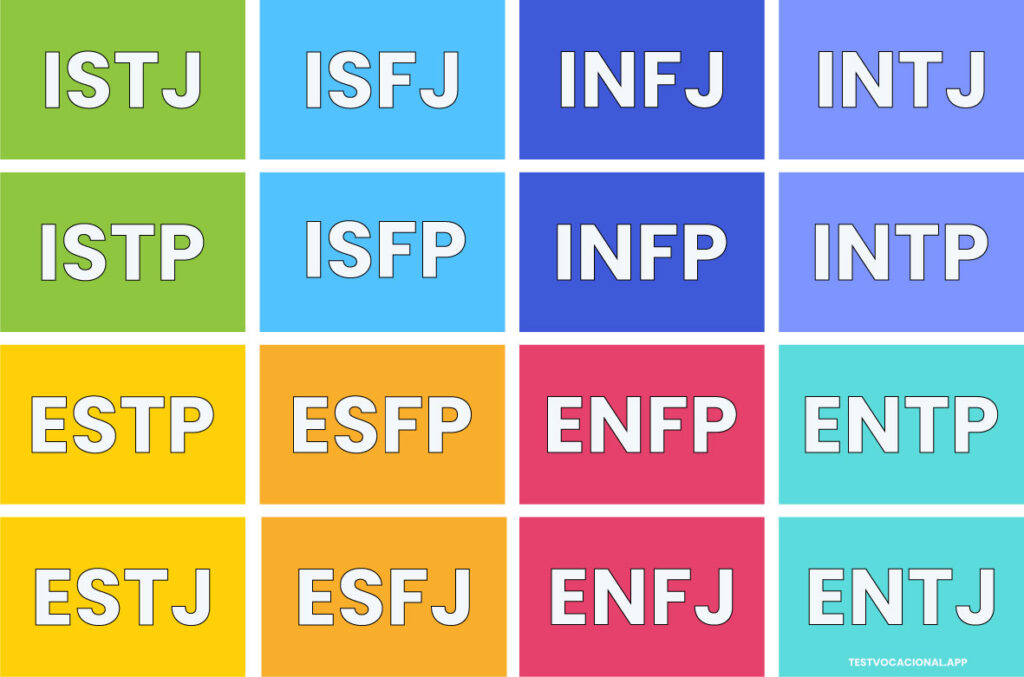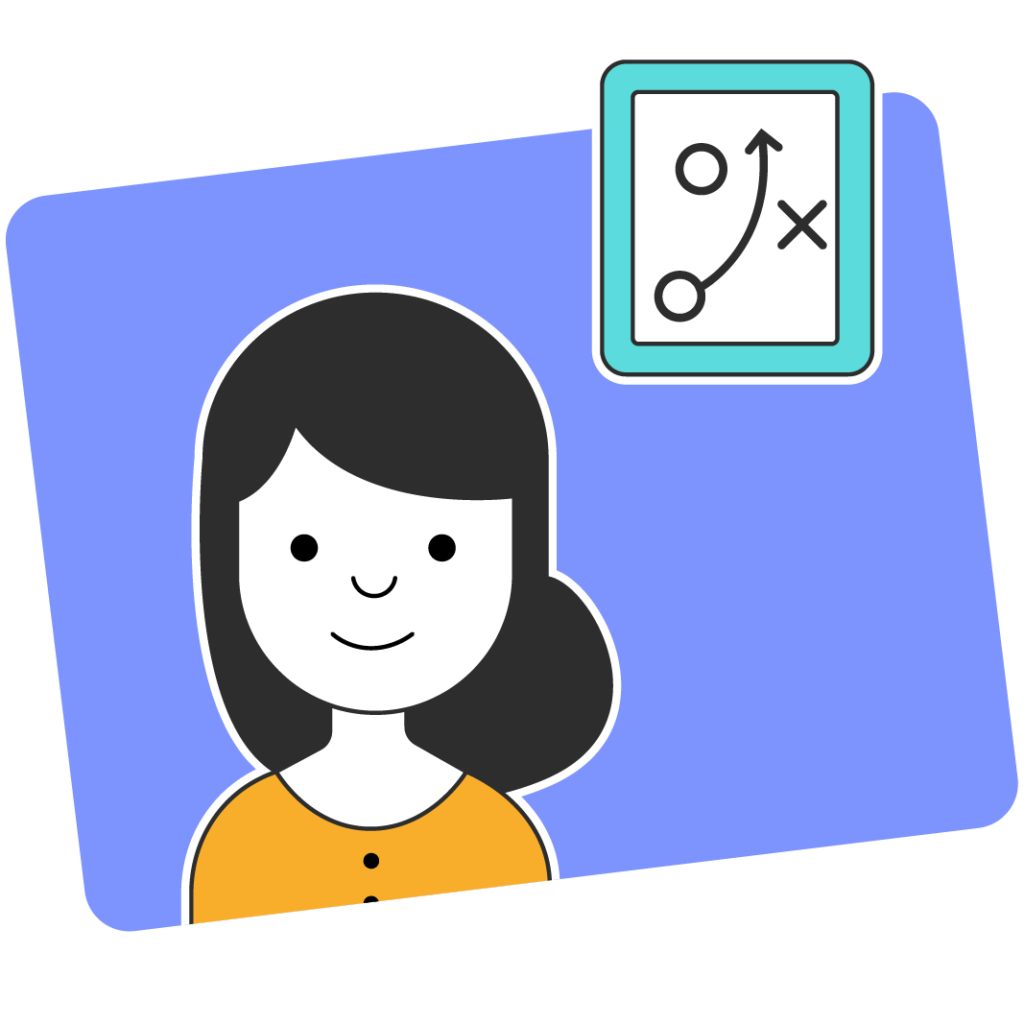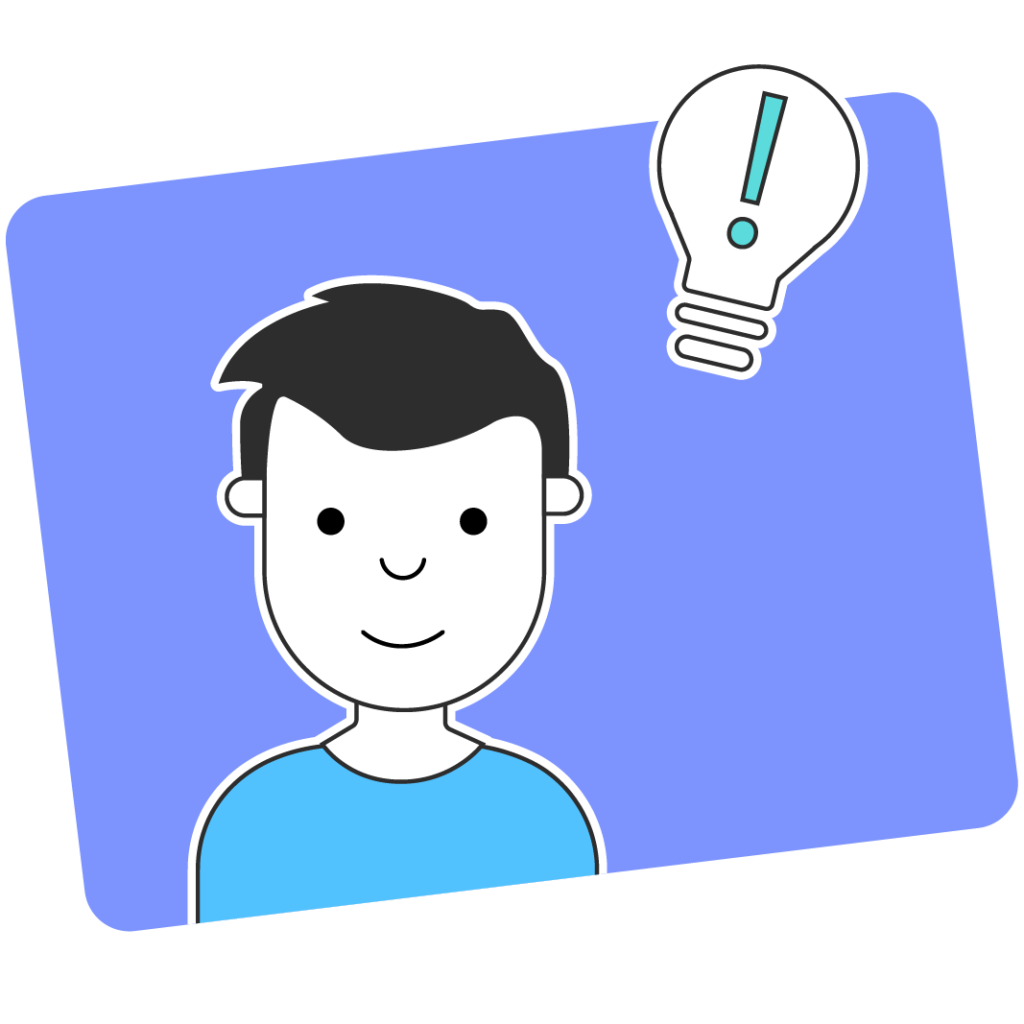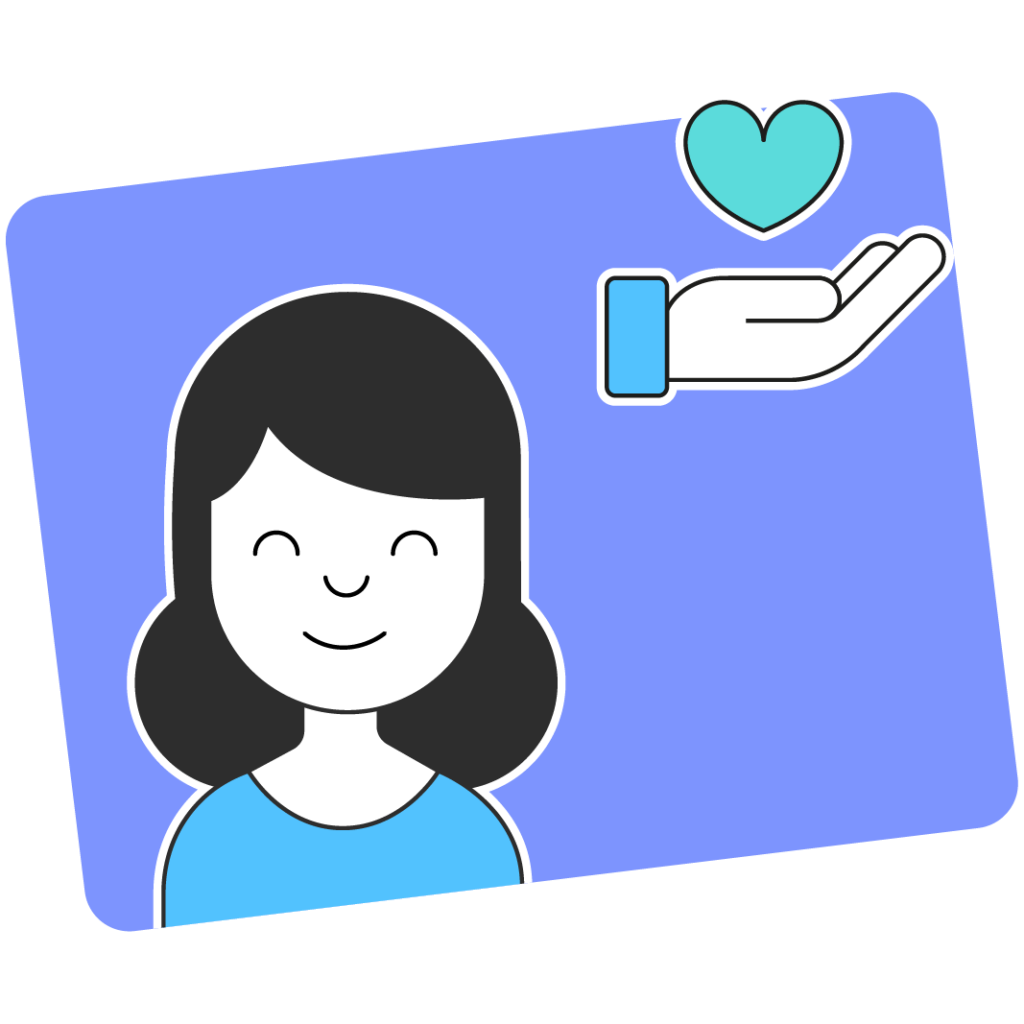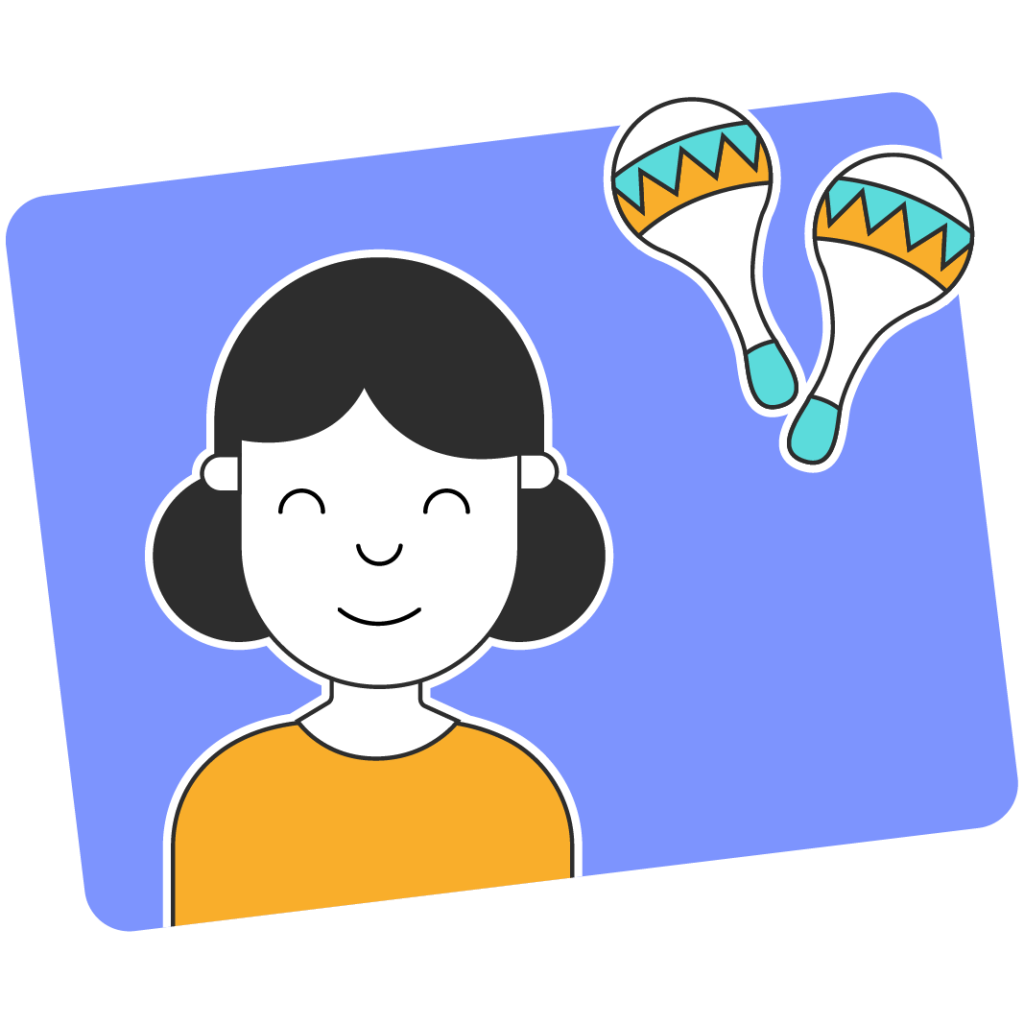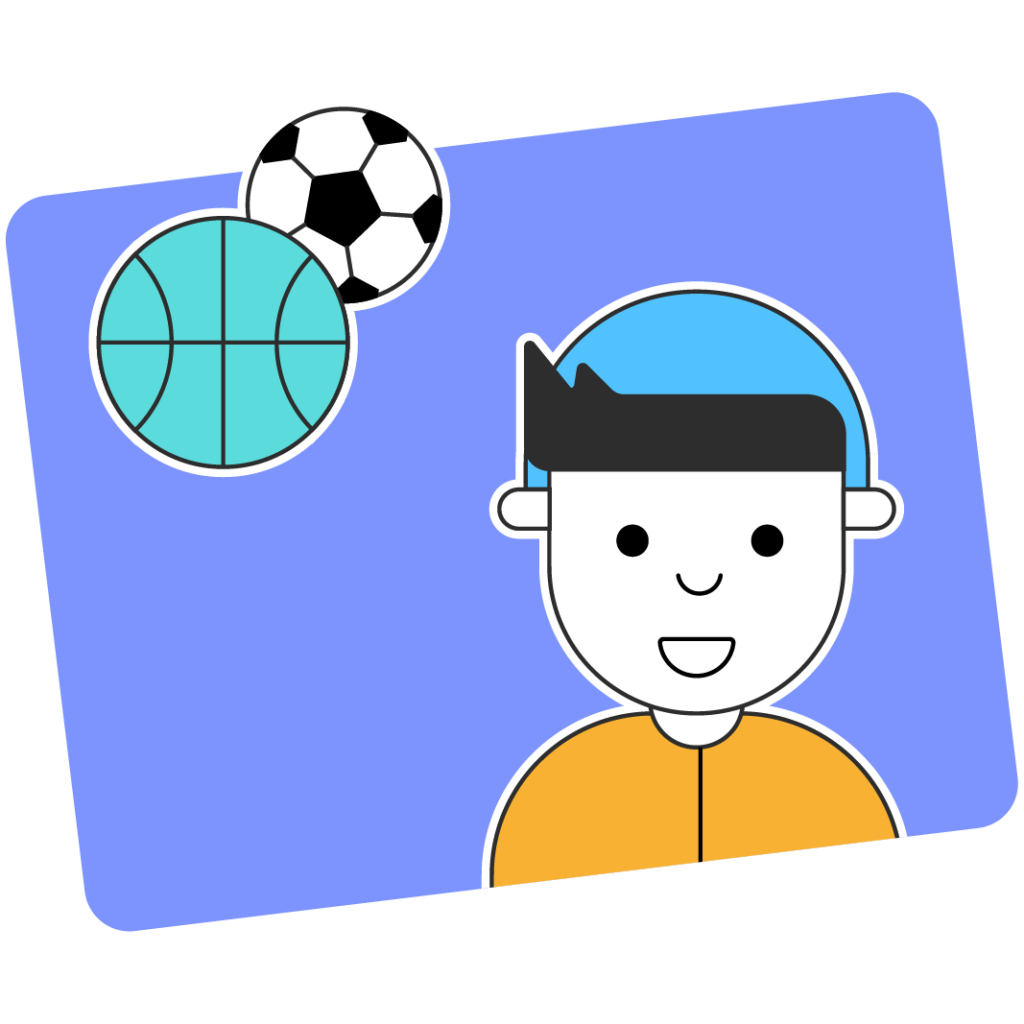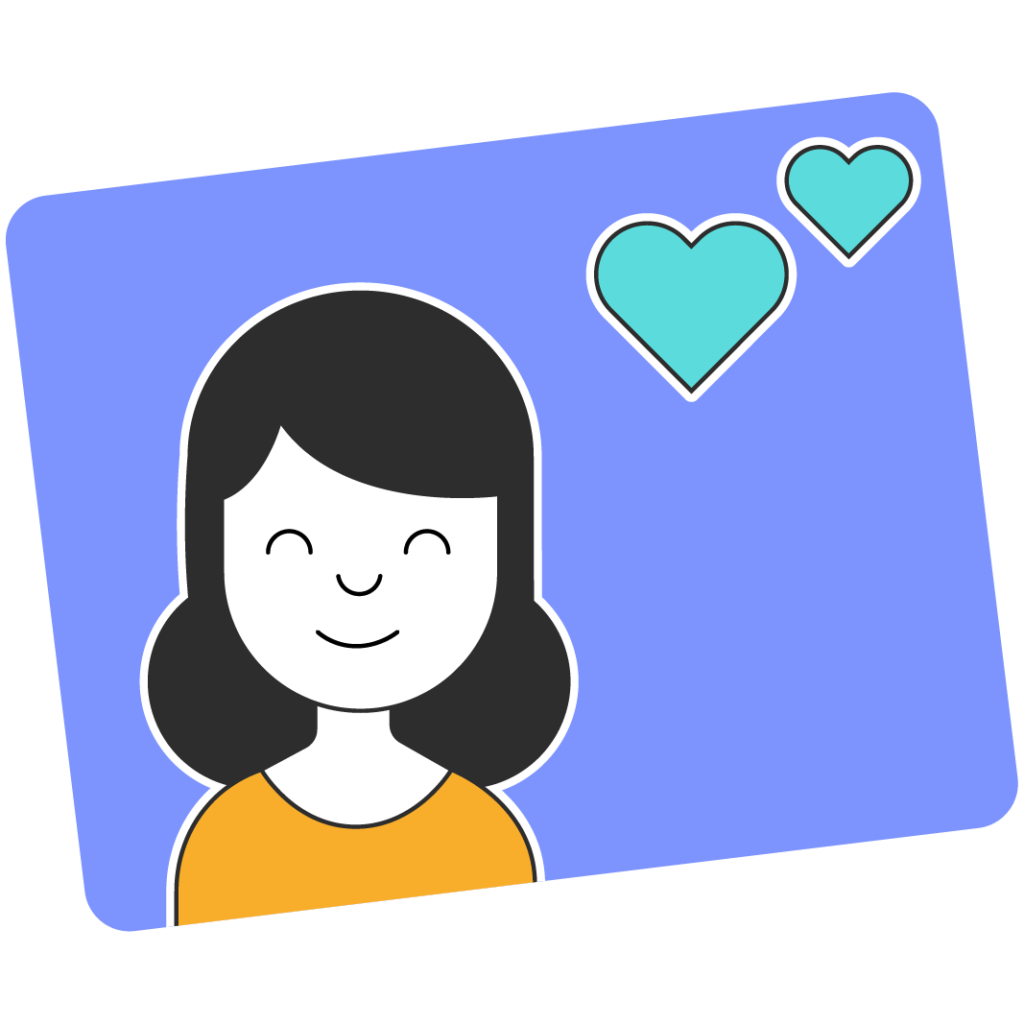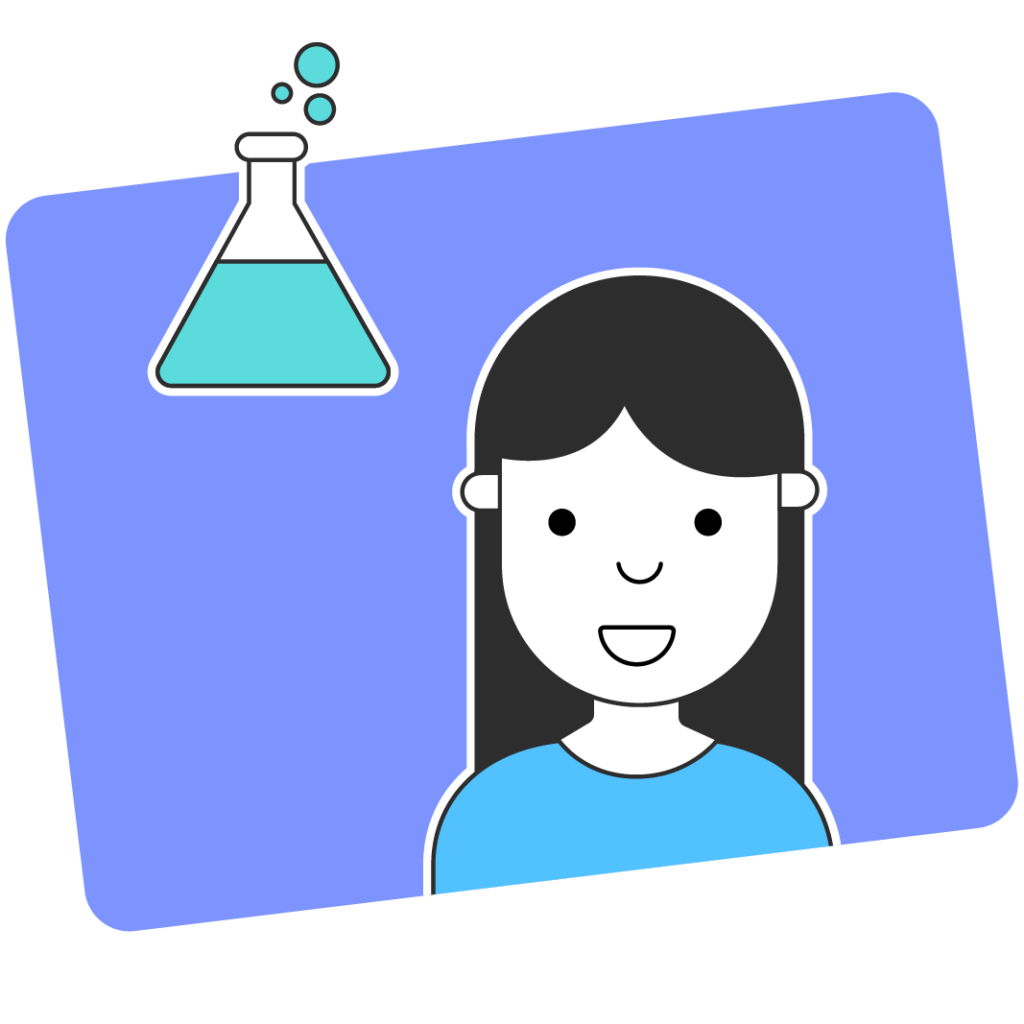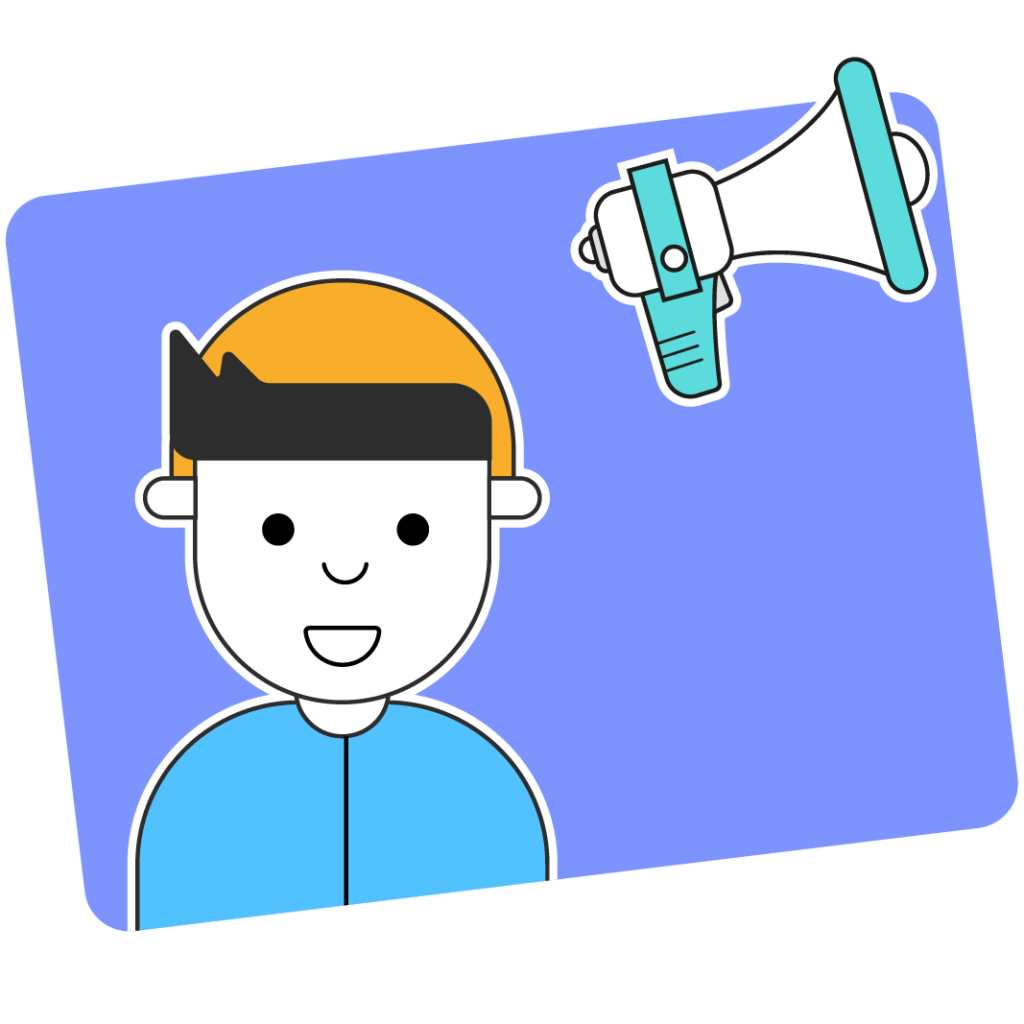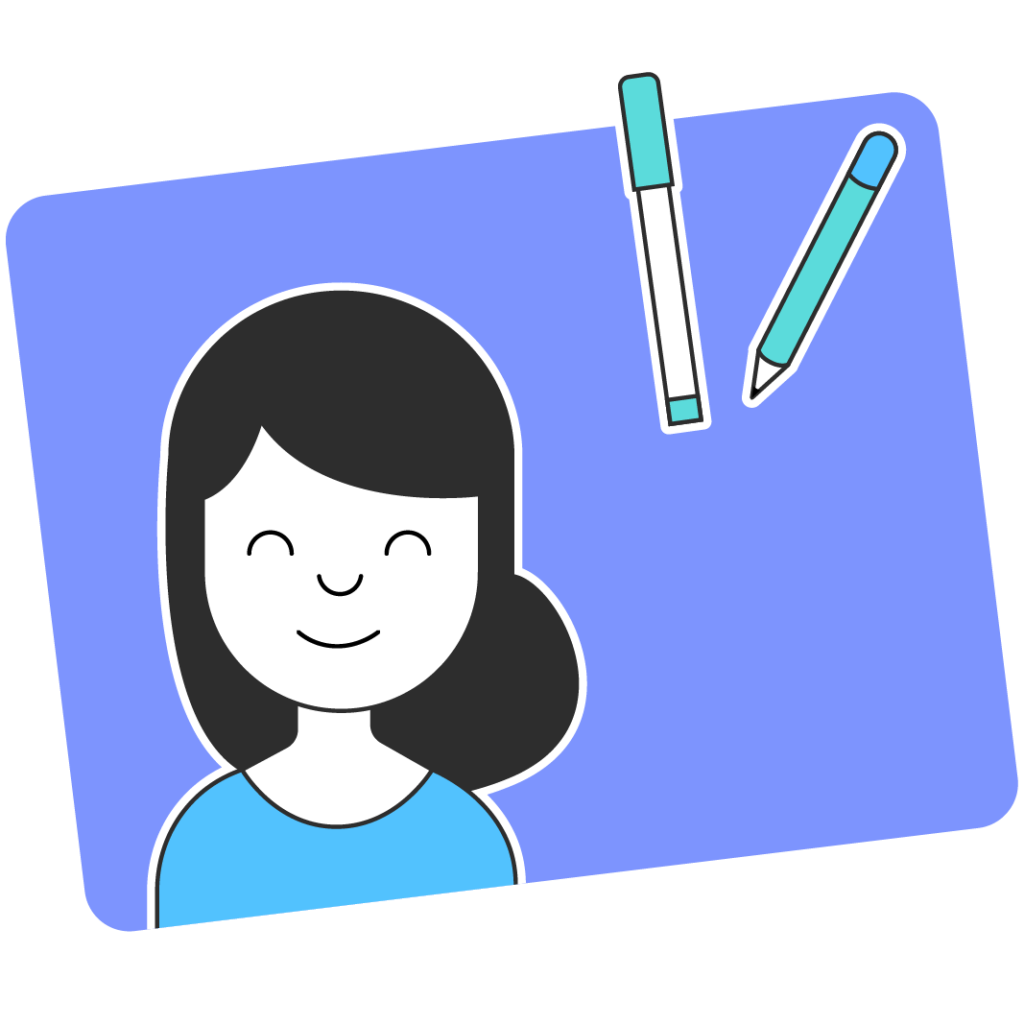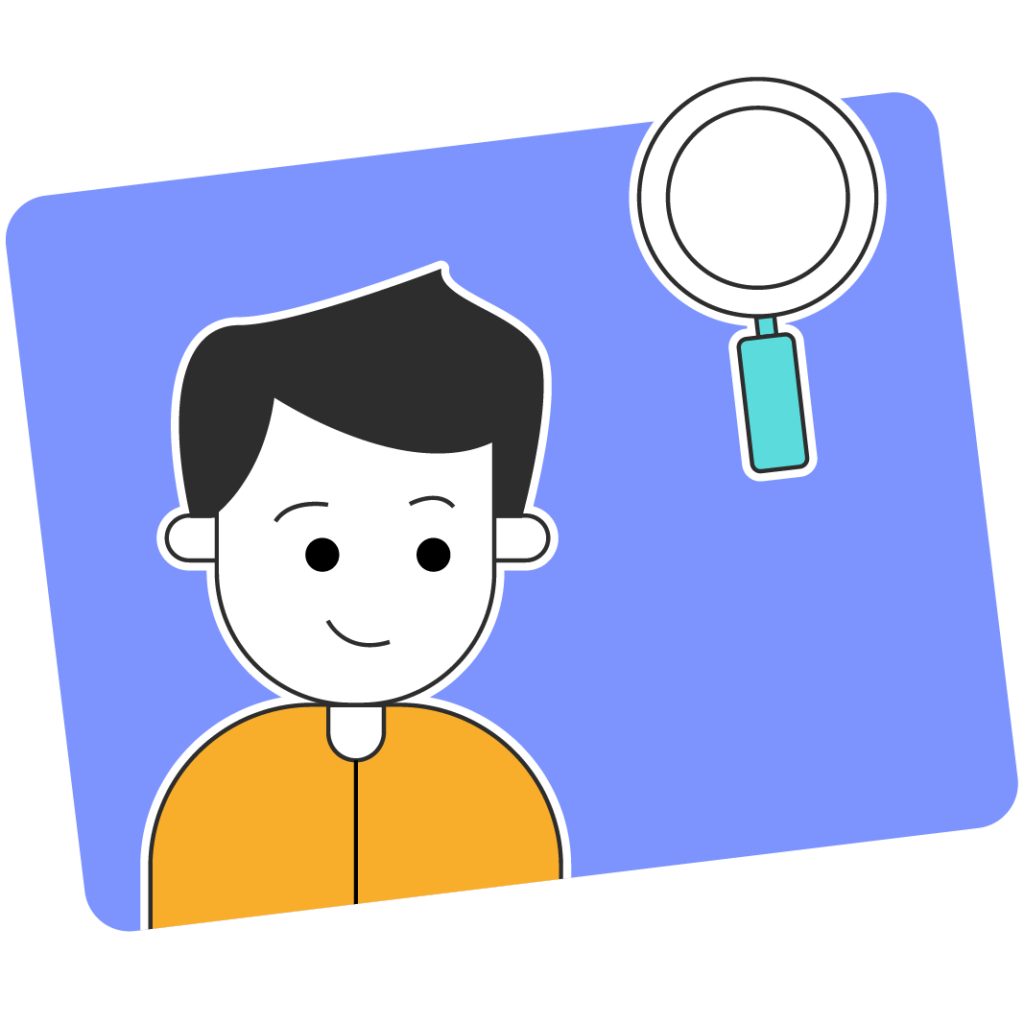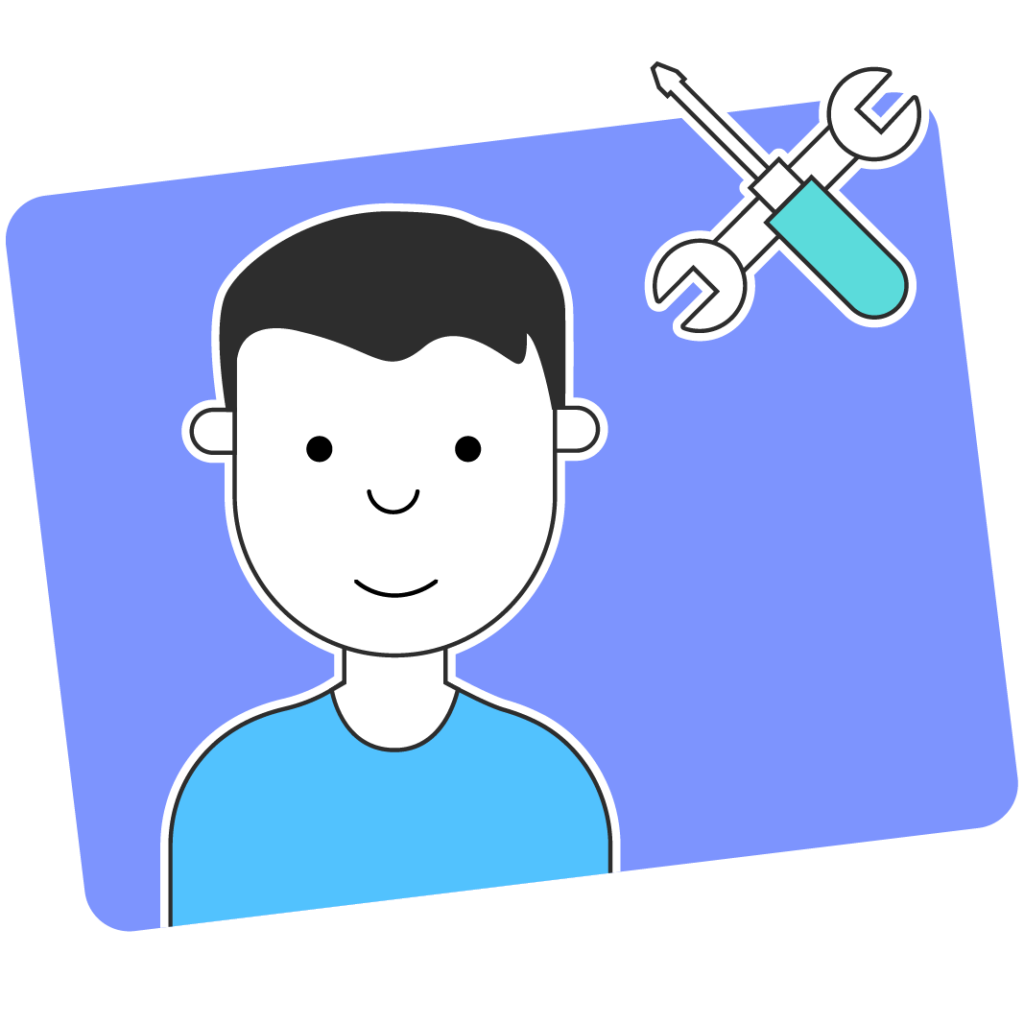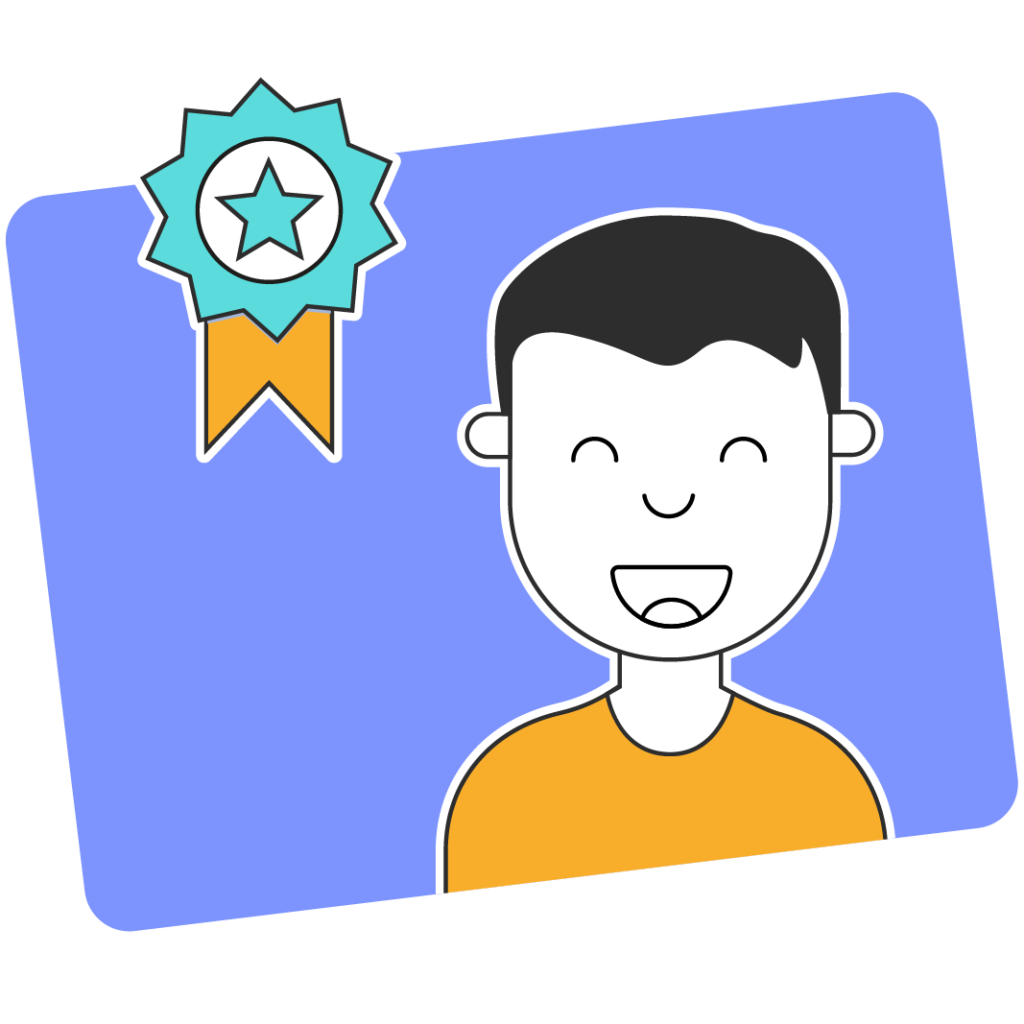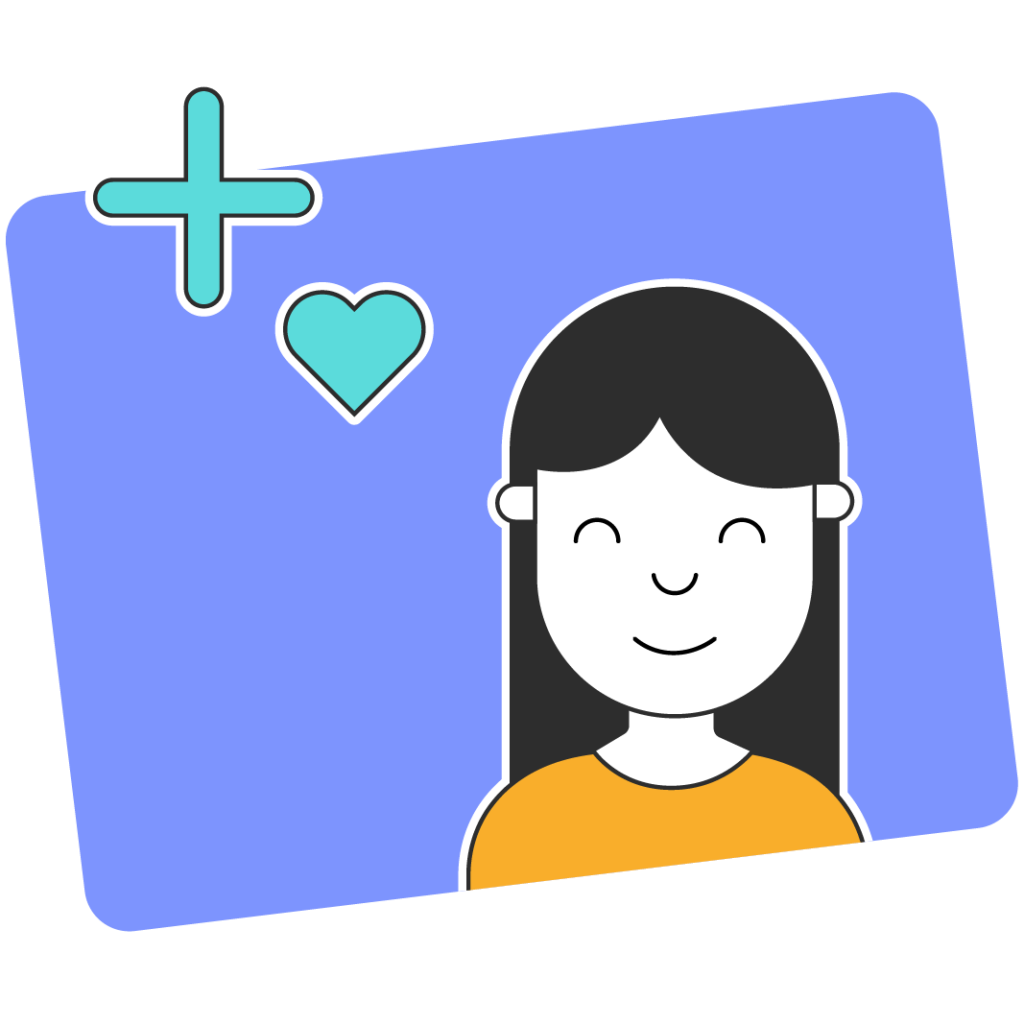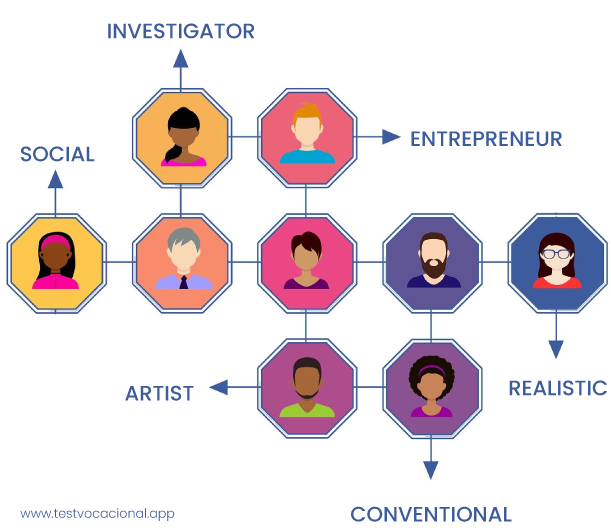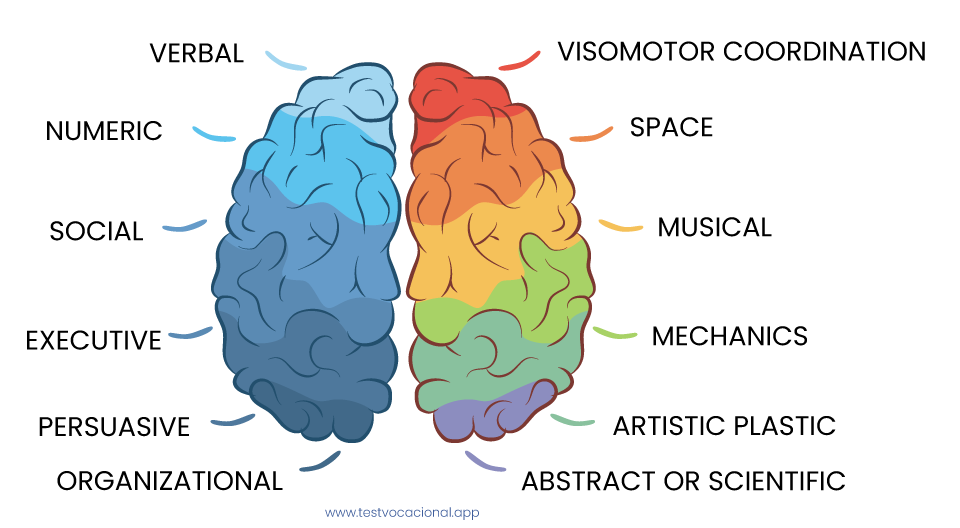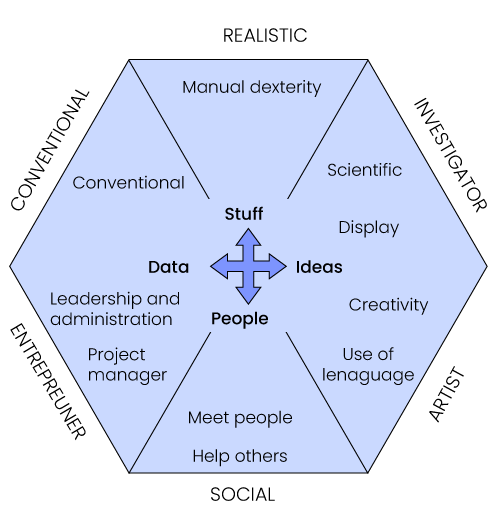Are you unsure about what to study? Choosing a career is a crucial decision, and knowing yourself better is a key factor in making the right choice. Career aptitude test can help you discover your vocational profile and make a more informed decision.
What Is a Career Aptitude Test?
Career aptitude tests are valuable tools in career counseling. They help you choose a profession by reflecting on your interests and preferences. Additionally, they assess your skills and inclinations across different occupational areas.
By completing these tests, you can gain deeper self-awareness and discover your interests. You’ll also understand how to align them with a professional field based on your strengths.
Why Take a Career Aptitude Test?
Career aptitude tests are extremely useful tools. Taking different tests will help you get to know yourself better. They also serve as a great starting point for selecting your future career.
During the career guidance process, you will gain valuable insights about yourself. You’ll reflect on your preferences and interests while also learning more about your personality. By completing multiple tests, you can develop a comprehensive understanding of yourself. You’ll identify your skills, interests, study habits, and areas of expertise. Additionally, you’ll recognize your professional preferences, among other aspects.
We recommend taking several career aptitude tests. Then, analyze the results and integrate them with other important factors. Consider job market demand, available university programs, and specializations. This analysis will help you make a more informed decision.
Although career tests are usually brief, take your time when answering them. Be honest and complete them in a relaxed setting. If you rush through them, the results might not be as accurate as you expect.
The Best Free Career Aptitude Tests
There are many types of career aptitude tests, each with different question formats and approaches. Below, we briefly explain some of the best free tests available.
1.CHASIDE TEST
This questionnaire includes 98 questions aimed at identifying your interests and aptitudes for career selection. Once completed, you’ll receive your vocational profile along with the occupational areas best suited for you. If you want to learn more about the CHASIDE Test, check out our detailed article.
2.M.G AND M.M TEST
This test consists of 80 questions where you simply indicate whether you are interested or not interested in various topics. Based on your responses, you’ll receive results highlighting the two fields of study that best match your profile. Learn more about this test in our article.
3.PERSONALITY TEST
This test features 50 statements that you must rate on a scale from 1 to 5, where 1 means “strongly disagree” and 5 means “strongly agree.” This test helps you understand why you behave the way you do and how your personality is structured. Understanding your personality can be highly beneficial in determining your vocational path.
4.INTELLIGENCE TEST
This test evaluates your overall ability to interact with your environment. Some versions focus on verbal skills (such as the Stanford-Binet test), while others separate verbal and non-verbal intelligence (such as the Wechsler tests, WAIS and WISC).

We recommend taking multiple tests and comparing the results, as they become more meaningful when analyzed together. If the assessments align, you may already have a clearer idea than you think. If they differ, take it as an opportunity to learn more about yourself.
Remember, no test can give you a definitive answer to your career-related questions. These tools serve as a starting point to explore your interests and strengths. Avoid making a rushed decision—take the time to choose a career that truly suits you.


